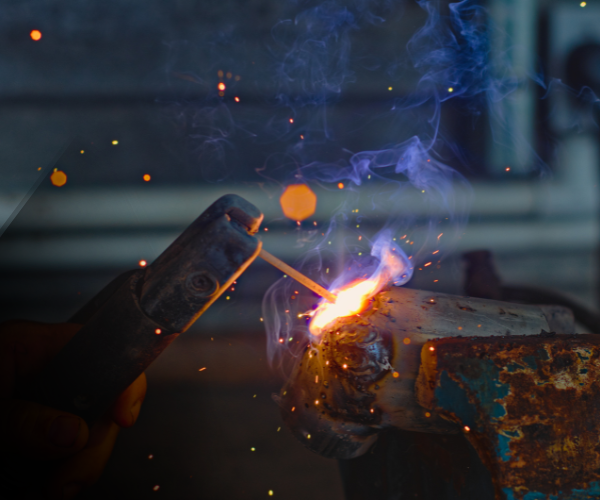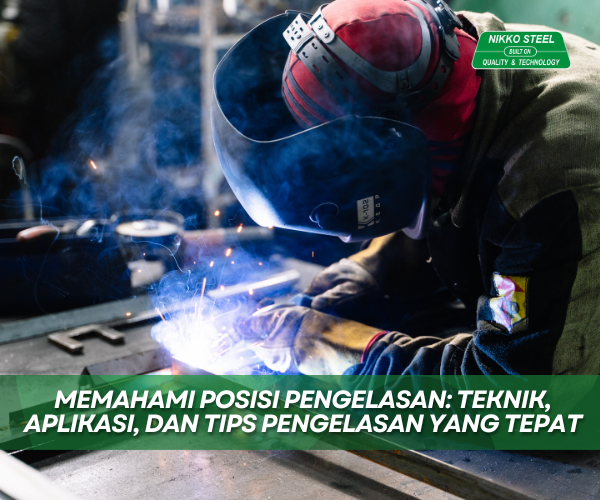Tips on how to weld properly and correctly
Welding is a technique for joining metals by melting parts of the metal without pressure and without additional metal which produces a continuous connection. In general, welding techniques include steel frames, ships, pressure vessels, pipelines, large pipes and so on.
It can be explained that welding is a local connection of several metal rods using heat energy. Currently, 40 types of welding have been used, including welding by pressing two metals so that they can stick together.
Welding techniques can be learned at vocational or technical schools, but can also be learned autodidactically. So, this time, Teknikmart will provide some welding tips.
Equipment supporting the welding process is:
Main Equipment:
* Welding machine
* Electric current: AC/DC
* Electrode Holder: electrode tangle/electrode clamp
* Welding cables: mass cables/power cables/electrode cables
Work Safety Equipment:
* Welding Mask: Protects the eyes from sparks and welding rays
* Welding Mask: Protects breathing from fire smoke
* Apron: Protects the chest from sparks
* Welding gloves and protective shoes
Equipment Supporting Welding Activities:
* Pliers
* Steel Brush
* Crust Hammer
* Welding Table
* Grinding machine
Welding method:
1. Make sure the material to be welded is clean. The way to clean the surface to be welded is to use a hammer and use a steel brush for maximum results.
2. Next, place the work media in the space provided and arrange the two materials so that they are close together. Use clamps/clamps if needed.
3. Place the welding machine mass on one of the materials to be welded. Then on the clamp panel insert the electrode. Adjust the tilt of the electrode to the position of the material. Generally, there is a special place on the electrode clamping pliers to adjust the tilt of the electrode. Can be adjusted to a vertical slope of 90 degrees, 30 degrees or 40 degrees.
4. After the material has been prepared, slowly bring the tip of the electrode closer to the material to be welded.
5. Welding quality is greatly influenced by the distance between the electrode tip and the material to be welded. If the distance is too close, there will not be enough melting place for the electrode and the fire will burn imperfectly. Meanwhile, if the distance is too far, it will cause the welding results to be imperfect and will cause sparks. The appropriate distance is one eighth of the thickness of the electrode.
6. You can see and pay attention to the part of the electrode that has melted and unite the two materials being welded using welding glasses. Slowly and slowly guide the electrode along the area you want to weld.
7. If the surface is shaped like a tight wave and completely covers the part being welded, it can be an indication that the welding process is producing good results.
8. Check and make sure again whether there are parts that are not perfect, if they are not completely closed, repeat the parts that need to be welded. However, if it is not too fatal, you can grind the imperfectly welded part.



